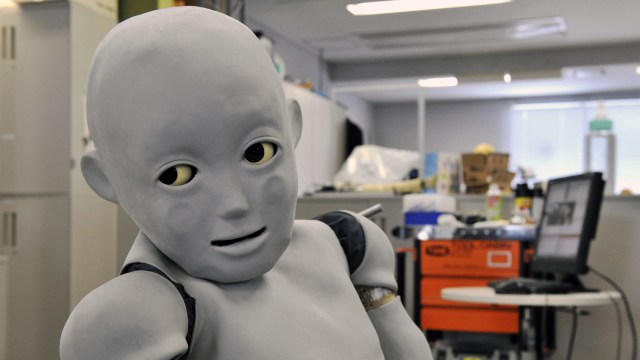A New Hope For Our Galaxy’s Next Supernova
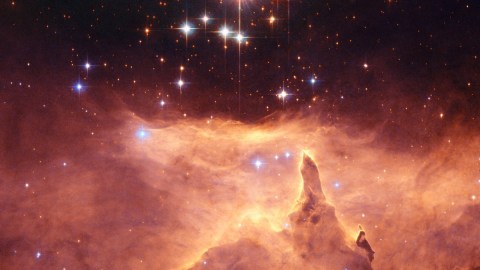
Will it be Betelgeuse? Eta Carinae? Here are some candidates that are less popular, but perhaps more likely!
“Some of them burn slow and long, like red dwarfs. Others — blue giants — burn their due so fast they shine across great distances, and are easy to see. As they start to run out of fuel, they burn helium, grow even hotter, and explode in a supernova. Supernovas, they’re brighter than the brightest galaxies. They die, but everyone watches them go.” –Jodi Picoult
There are many ways to make a supernova, but one is by far the most common: when ultra-massive stars run out of fuel in their cores, which collapse.
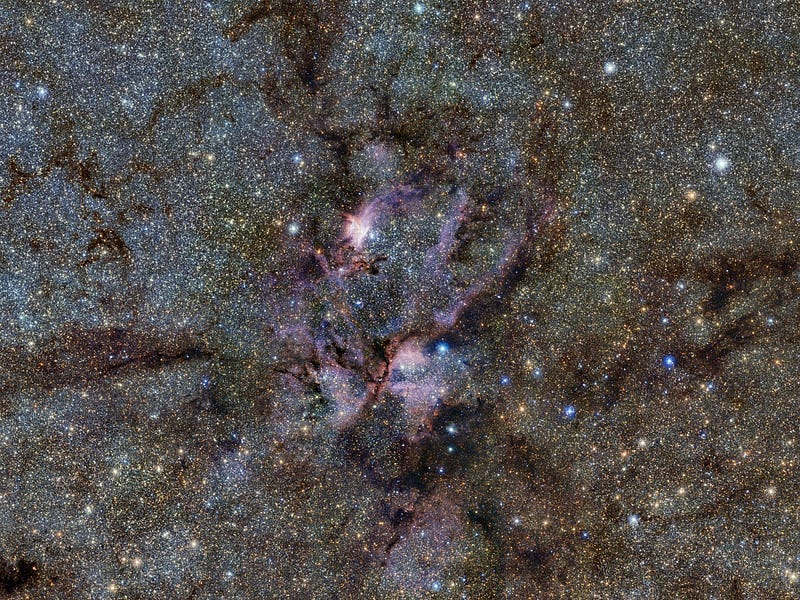
These massive stars, 8–20 times the mass of the Sun and up, are the bluest, hottest and shortest lived, found only in young, newly star-forming regions.
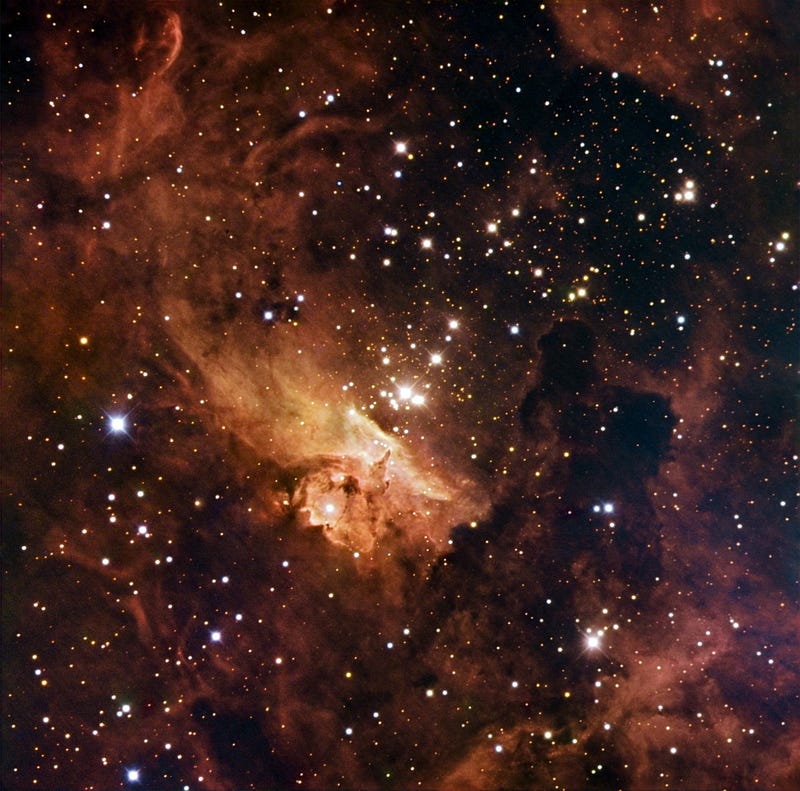
One such region, NGC 6357, is a huge nebula that radiates brightly in many different wavelengths.
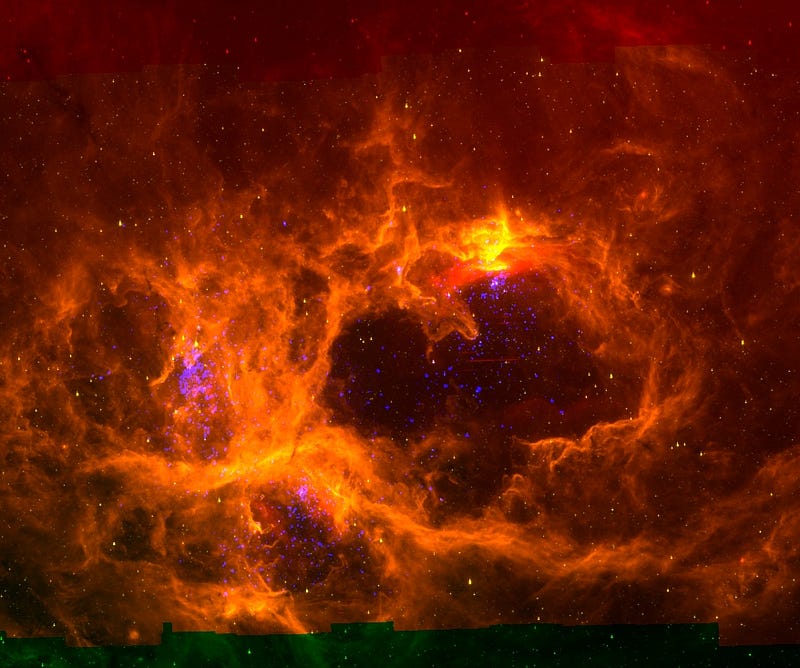
The infrared highlights the warm gas that’s heated by new stars, while the “dark gaps” are where the intense ultraviolet radiation has ionized and evaporated the gas away.
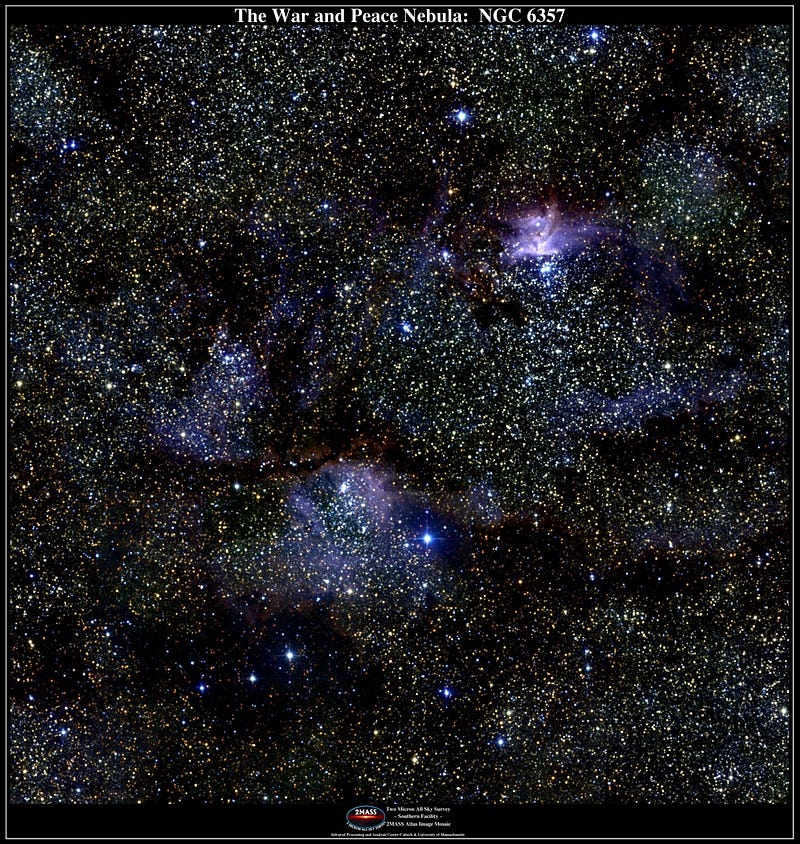
The neutral gas also reflects visible light, highlighting its fragmented, filamentary structure.

Southeast of the nebula lies a huge cluster of some 800 young stars, while inside the nebula, uncounted proto-stars still grow inside.

Most responsible for ionizing this nebula is the massive cluster Pismis 24, containing at least nine O-class stars, each 20 or more times the mass of the Sun and guaranteed to die in a Type II supernova.

This includes Pismis 24–1, originally thought to be 300 times our Sun’s mass, but now known to house at least four separate stars inside.
Mostly Mute Monday tells the story of a single astronomical phenomenon or object in pictures and other visuals, with no more than 200 words of text.
This post first appeared at Forbes. Leave your comments on our forum, check out our first book: Beyond The Galaxy, and support our Patreon campaign!





